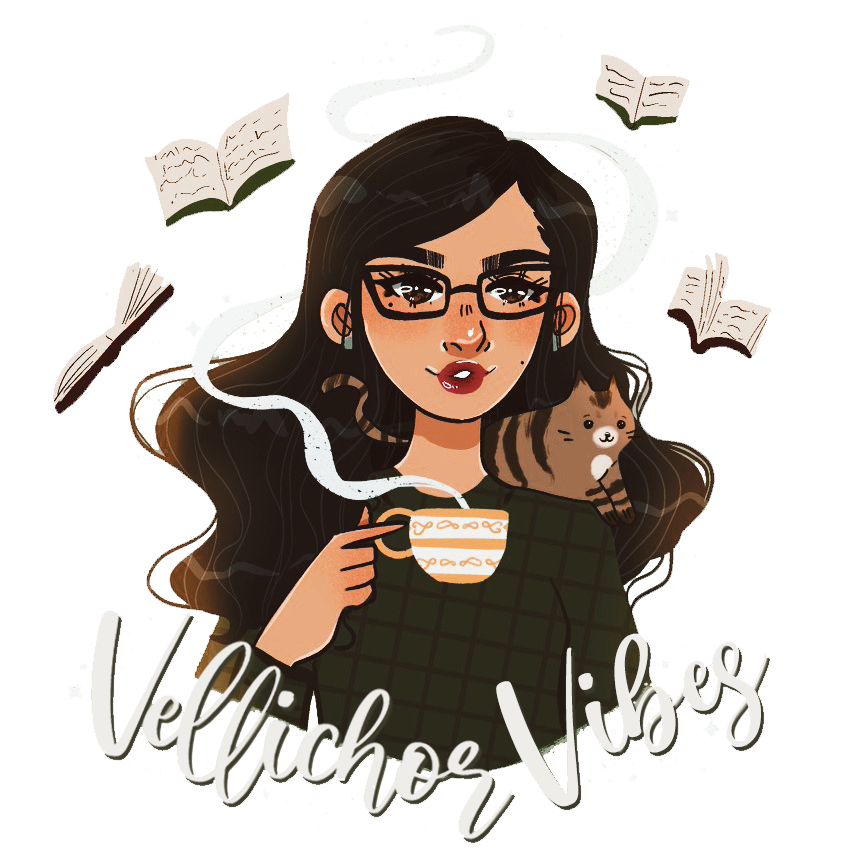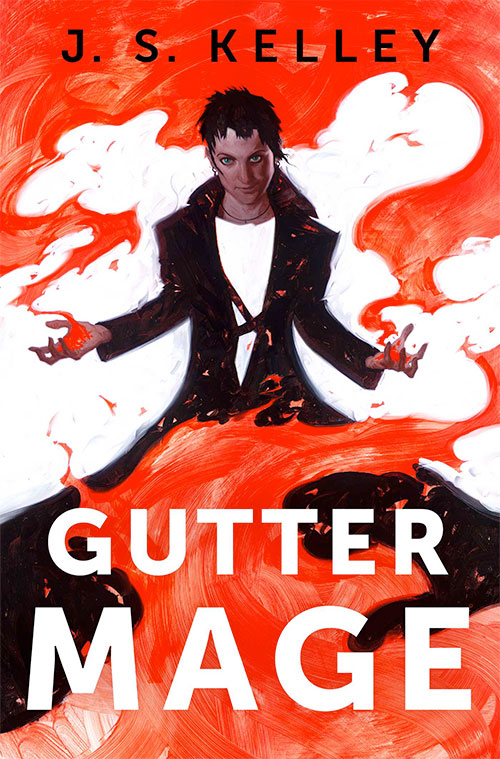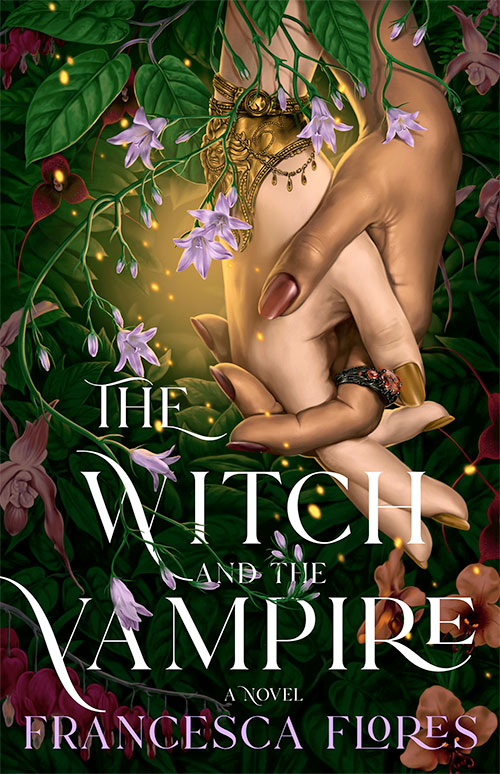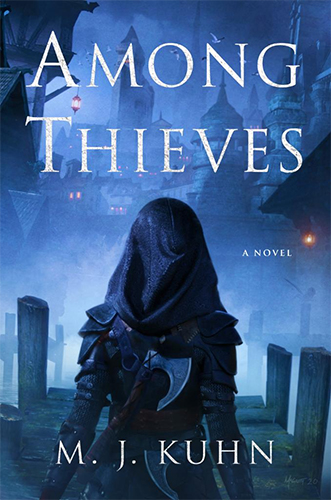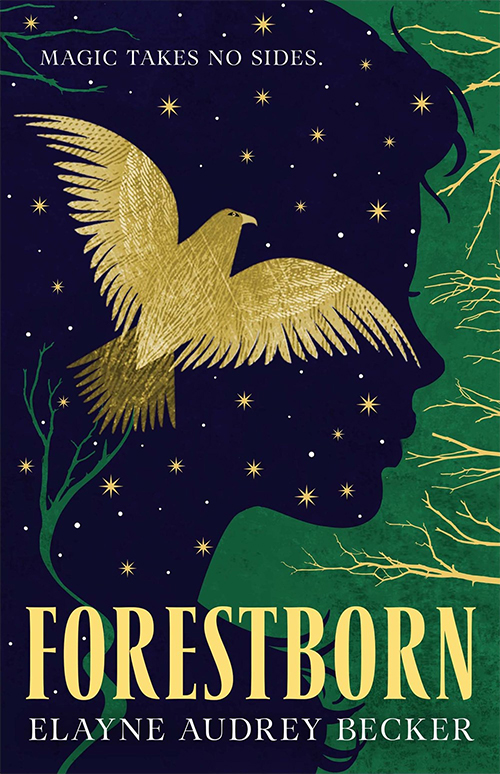The high fantasy action in Thick as Thieves by M. J. Kuhn picks up right where Among Thieves left off, plunging readers back into the gritty world of heists, magic, and high-stakes deception. Ryia Cautella and her crew find themselves facing the dire consequences of their successful yet perilous heist from the first book, with a terrifyingly powerful tool now in the hands of the ruthless Callum Clem. As the group is scattered across Thamorr, alliances shift, betrayals loom, and the fate of the kingdoms hangs in the balance. It’s a thrilling sequel, where the characters we’ve grown to love are tested like never before.
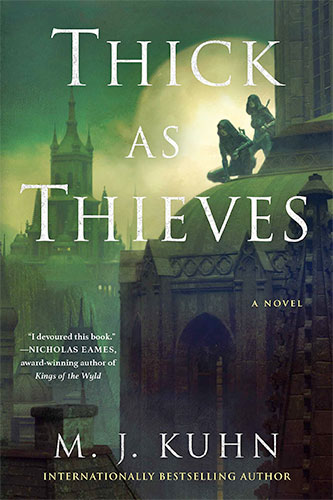
Oh, how much more peaceful the world would be if shite men would stop plotting shite things.
M. J. Kuhn, Thick as Thieves
Characterization is a standout aspect of Thick as Thieves. Kuhn deepens our understanding of each character, making them feel more real and multifaceted. The familiarity we have with them from the first book allows for a deeper emotional investment in their individual journeys and collective struggles. The dynamics within the crew, characterized by conflicting priorities and shifting allegiances, create a tension that propels the narrative forward and keeps readers on the edge of their seats.
While the plot is engaging and full of twists, there are some shortcomings in its execution. The narrative, while gripping, occasionally feels overstuffed with subplots and character arcs, leading to moments where the pacing lags. Additionally, certain plot developments may feel predictable to readers familiar with the genre, detracting from the element of surprise that is crucial to a story of this nature.
Despite these shortcomings, Thick as Thieves shines in its strengths. The world-building remains rich and immersive, with Kuhn expanding the scope of Thamorr to include new locations and cultures. The heightened stakes and escalating conflicts keep the tension high throughout, ensuring that readers remain invested in the outcome until the very end. Moreover, the introduction of new characters injects fresh energy into the narrative, adding depth and complexity to an already vibrant ensemble cast.
For all these years, she had known friendship to be out of reach—she had never even dared to think about anything more. Love was nothing but a set of dormant coals sputtering to death in the pit of her belly.
M. J. Kuhn, Thick as Thieves
Overall, Thick as Thieves is a satisfying conclusion of the duology, delivering on the promises of its predecessor while setting the stage for possible future adventures. Fans of Leigh Bardugo’s Six of Crows series will find much to love here, from the intricate world-building to the morally ambiguous characters and pulse-pounding heists. While it may have its flaws, the sheer entertainment value and emotional resonance of Thick as Thieves make it a worthy addition to any fantasy lover’s bookshelf.
Thank you to NetGalley and Gallery Books/Saga Press for sharing an advanced reader copy of this book in exchange for an honest review.
